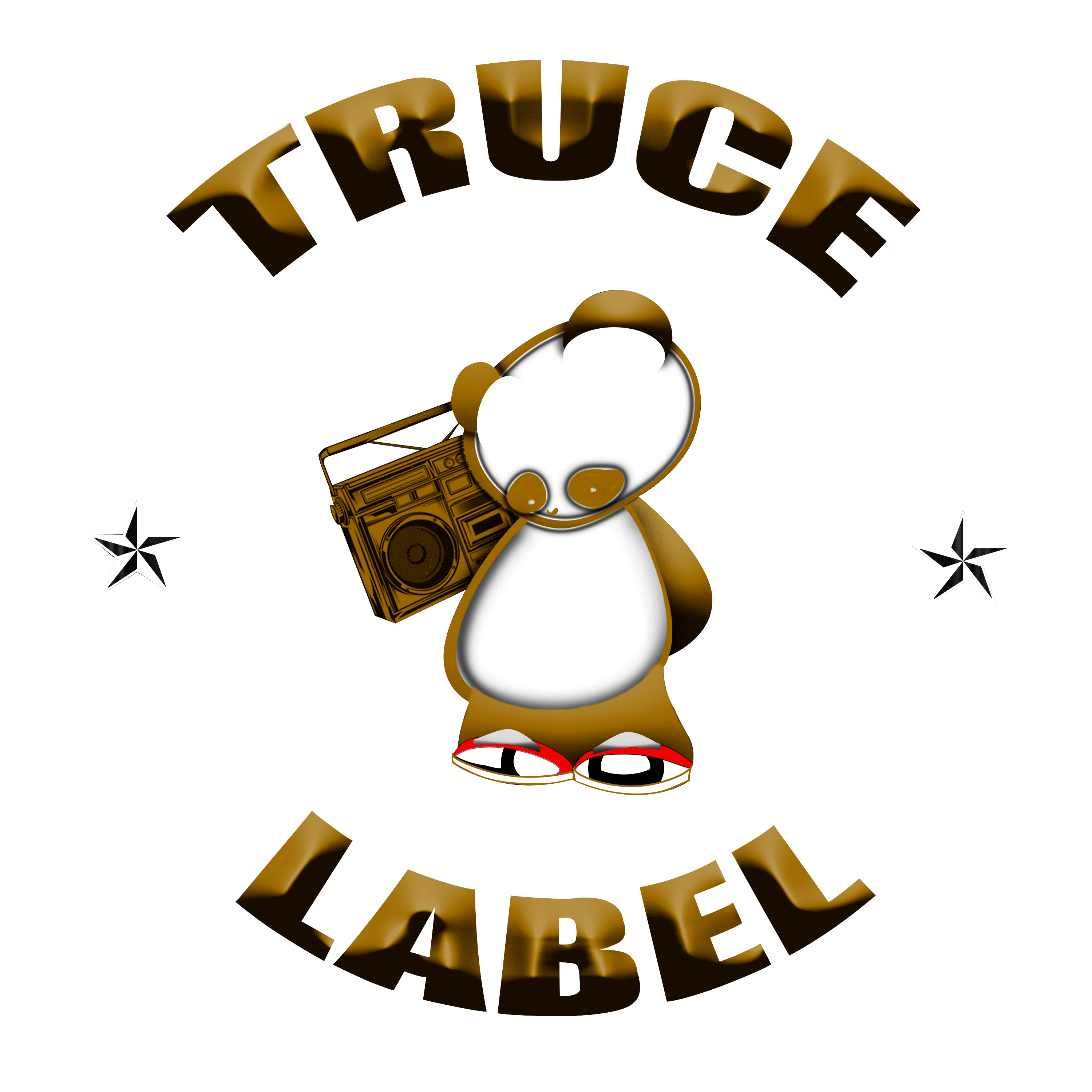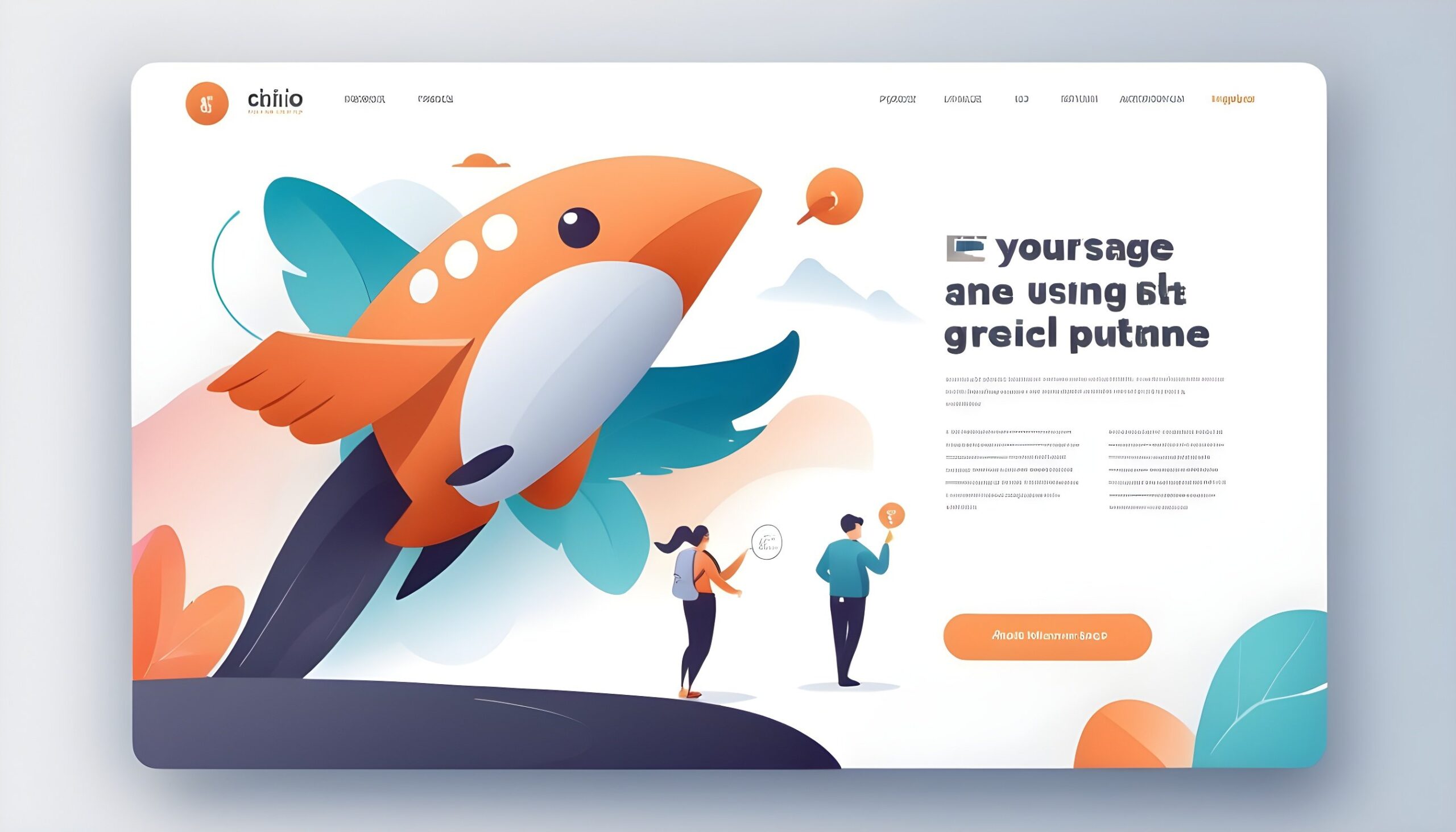1. Introduction to Landing Pages
A landing page is a dedicated web page designed with a singular objective in mind – to convert visitors into leads or customers. This conversion could involve signing up for a newsletter, buying a product, or registering for a webinar. The effectiveness of a landing page lies in its focused nature, which is tailored to prompt the visitor to take a specific action – the ‘Call to Action’ (CTA).
2. The Importance of Landing Pages
Landing pages are an essential part of any digital marketing strategy, particularly for Truce Label Marketing Agency’s effective branding campaigns. They offer several key benefits:
Increased Conversion Rates: Landing pages are designed to convert visitors into leads or customers, thereby increasing your conversion rate.Targeted Marketing: You can create different landing pages for different campaigns, enabling you to target specific audience segments effectively.Improved SEO: Landing pages can be optimized for specific keywords, improving your website’s search engine ranking.Data Collection: Landing pages allow you to collect valuable information about your visitors, which can be used for future marketing efforts.
3. Landing Page vs. Webpage: Understanding the Difference
While a webpage provides comprehensive information about your business, a landing page is tailored to prompt a specific action. It’s more persuasive, guiding visitors towards a particular action within a brief, concise format. On the other hand, a webpage is more informative, providing detailed information about your product or service.
4. Types of Landing Pages
There are several types of landing pages, each serving a unique purpose. Some of the most common ones include:
Lead Generation Pages: These capture visitor information, such as email addresses, turning visitors into potential leads.Sales Pages: Designed to persuade visitors to make a purchase.Splash Pages: Used for special announcements or offers.Squeeze Pages: Short pages designed to gather visitor information in exchange for something valuable, like an eBook or a webinar registration.404 Pages: These let visitors know that the page they’re looking for doesn’t exist, while also guiding them back to relevant parts of your website.
5. Essential Elements of a High-Converting Landing Page
Creating a landing page that effectively converts visitors into customers requires careful consideration of several key elements:
Engaging Headline: An impactful, concise headline can instantly capture the visitor’s attention.Compelling Subheading: This should complement the headline, providing more detailed information about your offering.Persuasive Copy: Your landing page copy should be concise, compelling, and focused on the benefits of your offering.Visual Elements: Images and videos can make your landing page more engaging, helping to illustrate your offering.Call to Action (CTA): This is the action you want your visitors to take. It should be clear, concise, and persuasive.Social Proof: Testimonials, customer reviews, and case studies can enhance your credibility, persuading visitors to take action.
6. Creating High-Converting Landing Pages with Truce Label Branding Agency
At Truce Label Branding Agency, we follow a systematic approach to create high-converting landing pages:
Step 1: Define Your Goals
Before starting the design process, it’s crucial to clearly define the goals of your landing page. Are you aiming to generate more sign-ups, increase sales, or improve your search engine ranking?
Step 2: Craft Engaging Content
Once your goals are defined, the next step is to create engaging content that aligns with these objectives. This includes crafting an impactful headline, compelling subheading, persuasive copy, and a clear call to action.
Step 3: Design Your Landing Page
The design of your landing page should be visually appealing, easy to navigate, and optimized for all devices. It should also maintain a strong visual hierarchy, guiding the visitor’s eye towards the key elements of your page, like the CTA.
Step 4: Implement Sharp Coding & Plugins
Ensure your landing page performs optimally by implementing sharp coding and using plugins. This will not only enhance the functionality of your page but also its load time, which can impact your conversion rate.
Step 5: Test Your Landing Page
Once your landing page is live, it’s time to test its effectiveness. This involves A/B testing various elements of your page, like the headline, images, and CTA, to see which versions perform best.
Step 6: Analyze Your Results
Using tools like Google Analytics, evaluate the performance of your landing page. Look for insights into your conversion rates, bounce rates, and visitor behavior.
Step 7: Iterate and Optimize
Based on your analysis, make necessary changes to improve the performance of your landing page. This could involve tweaking the copy, changing the images, or refining the CTA.
7. Conclusion
Building high-converting landing pages is both an art and a science. It requires a strategic approach, a deep understanding of your target audience, and continual testing and optimization. With the guidance of Truce Label Marketing Agency, you’re well-equipped to create landing pages that not only attract visitors but convert them into loyal customers.
By leveraging the expertise of our Truce Label Branding Agency, you can transform your landing pages into powerful conversion tools, driving growth and success for your business. Remember, the key to a high-converting landing page lies in understanding your audience, delivering value, and providing a seamless user experience.


